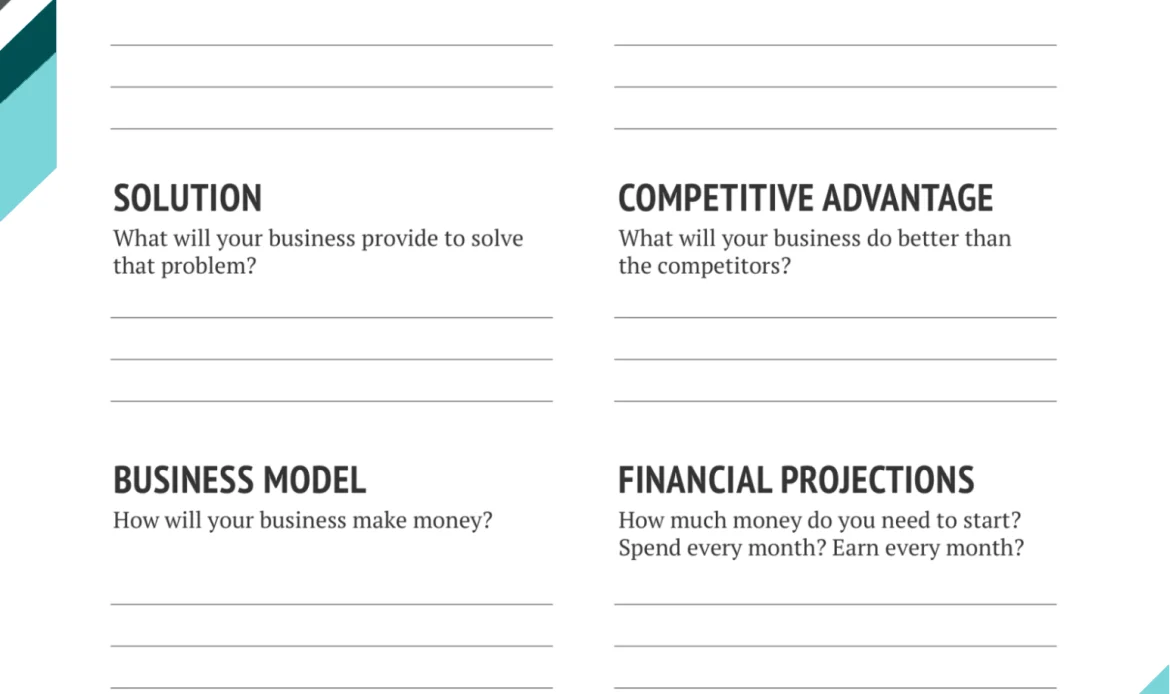Making a basic business plan – Web Host Pro Blog – Web Hosting, VPS, CPanel, dedicated servers

“No one has ever been known to succeed without definiteness of purpose… which is knowing where you want to go, why you are going there, having a plan and staying eternally to it.”
Your business plan is like a road map to long-term success.Have you ever been in a situation where you didn’t have a map to find your destination and got lost wasting precious time and money? Well, the same can happen to your business if you don’t plan out your business strategies.
Why you need a business plan.
It gives you a clear direction of where your business is heading. Many business owners just jump into creating a business without researching and making a concrete plan. Inevitably, they soon find that they are out of money and have no time or clear strategies for how to market their business.
Here are 8 simple steps to creating your own business plan(this is by no means a comprehensive plan but a primer to get youstarted):
1. Name of your business – create a name or reevaluate the name of your business. Does it integrate well with what you are selling? Is it easy to spell and remember? Is it a name that can be well-branded over time?
2. Vision – what will your business look like 5 years from now? Think of how you may want to expand it to include other branches or extra employees.
3. Mission statement – this defines what your business really does, what activities it performs, and what is unique about it that stands out from your competitors.
4. Goals and objectives – clearly define what you want to achieve with your business. Make sure they are quantifiable and set to specific timelines. Set specific goals for each of yourproducts or services.
5. Strengths, weaknesses, opportunities, threats (SWOT) – by analyzing these characteristics in your business, you will get a clearer idea of what it will take for you to not only survive but also prosper.
This could include such factors as:
– your company’s own changing industry– the marketplace which may change due to social and economic conditions.– competition which may create new threats and/or opportunities.– new technologies that may cause you to change products or the process of how you do things.
Evaluating your SWOT will help you to:
– build on your strengths– resolve your weaknesses– exploit opportunities– avoid threats
Doing this analysis will help you create a more realistic strategic action plan.
Start with Web Host Pro’s Website Hosting Plans.
6. Strategic action plan – this is the most critical step of your business plan because, without it, your business will not get off the ground. This should include your sales and marketing strategies.
Read How to Create Your Website Marketing Plan
7. Financial plan – a business can operate without budgets, but it is clearly good business practice to include it. With budgets, you will be more likely to achieve your business objectives, you will make more reasoned decisions and you will have better control of your cash flow.
For any period, a cash flow statement would include:– The cash and credit sales (or accounts receivable) expected to be received during the period.– The anticipated cash payments (for example, expenses for purchases, salaries, utility charges, taxes, office expenses, etc.)– A description of other incoming and outgoing cash, with a calculation of the overall cash balance.
This will assess how much money is on hand to meet your financial obligations – what cash has been received and what has been paid out. Knowledge of this cash flow cycle will help you predict when you will receive funds and when you will be required to make a payment.
8. Measuring and evaluation – you wrote your business plan and set the goals with the intent of achieving them. So now break them down into measurable pieces and monitor the results regularly. A plan that cannot be measured is almost always destined for failure. Celebrate your wins and recharge yourself to accomplish your next goal.
Decide beforehand what constitutes a real serious loss and what the loss will be acceptable.
If you find your goals are unrealistic and unattainable, adjust them, but realize that it takes hard work to achieve them, so don’t give up easily.
How to make a quick business plan:
Creating a quick business plan for a website involves outlining your core business concept, defining your target audience, identifying your revenue streams, and establishing clear goals. Here’s a straightforward approach to help you get started:
- Target Audience: Define who your website is for. Understand their demographics, interests, and online behavior.
- Competitive Analysis: Identify your main competitors. Analyze their strengths, weaknesses, and how your website will differentiate itself.
- Online Marketing: How will you promote your website? Consider strategies like SEO, social media marketing, email marketing, and content marketing.
- Offline Marketing: If applicable, include any offline strategies like networking events or print advertising.
- Direct Revenue: How will the website make money directly? This could be through product sales, service fees, subscriptions, or advertising.
- Indirect Revenue: Consider potential indirect revenue streams like affiliate marketing, sponsored content, or selling data insights (if ethically permissible and legal).
Remember, a business plan is a living document. It’s meant to evolve and adapt as you gain more insights about your business and market. Keep it concise, clear, and realistic, especially if you intend to use it for presentations or to secure funding.
Try our one-page free business plan template here

Download the free one-page PDF version here: One-page business plan PDF



